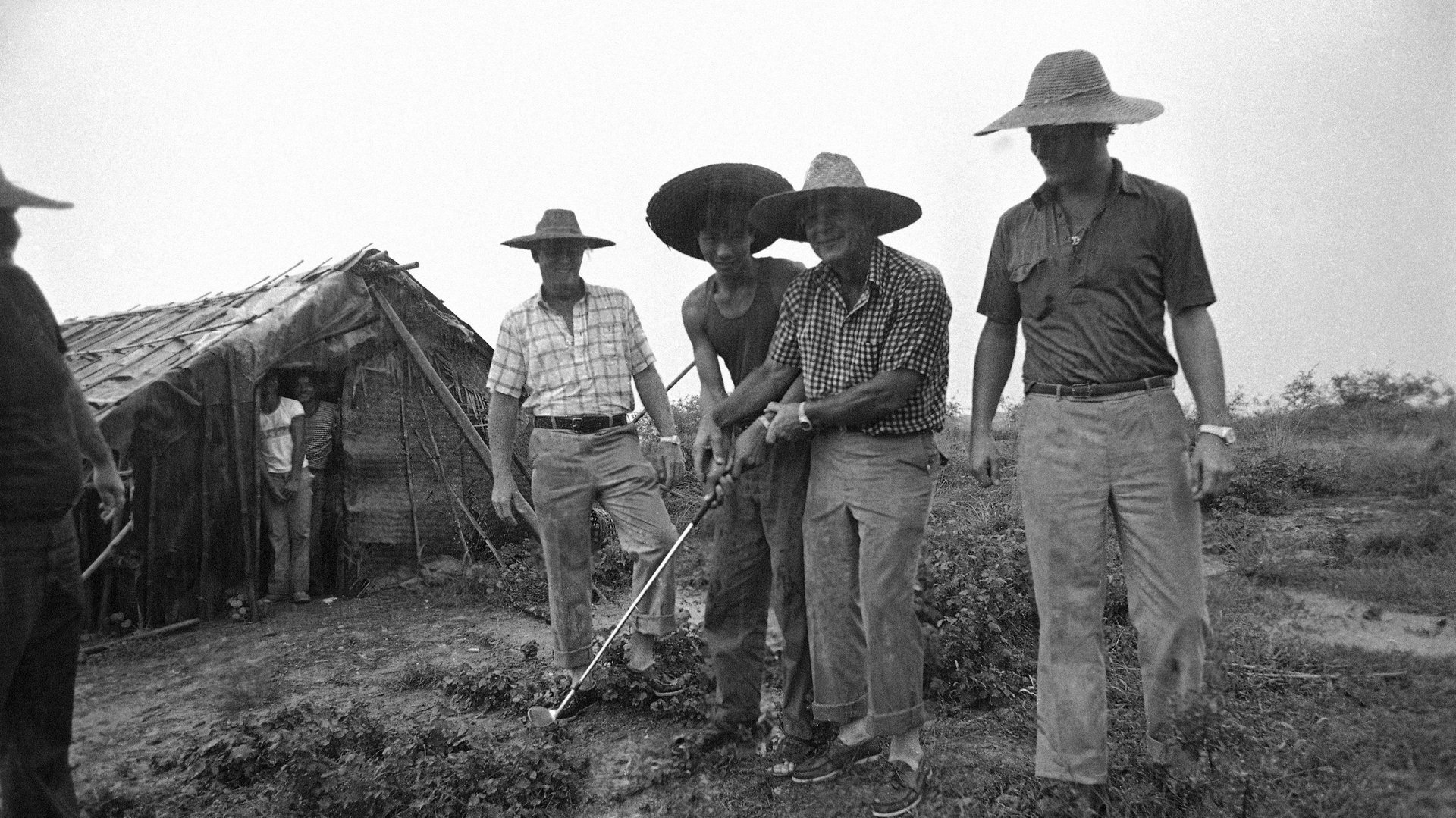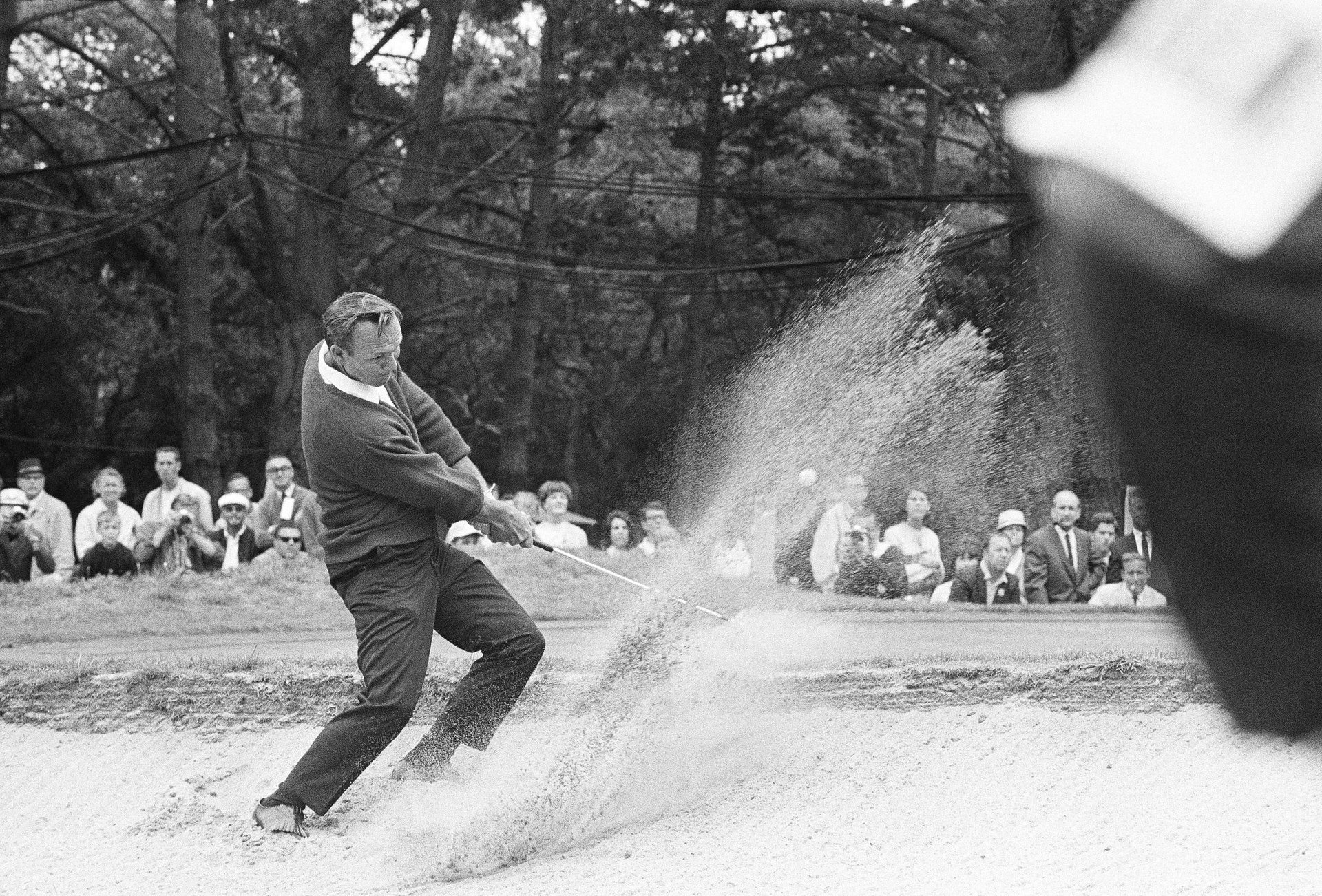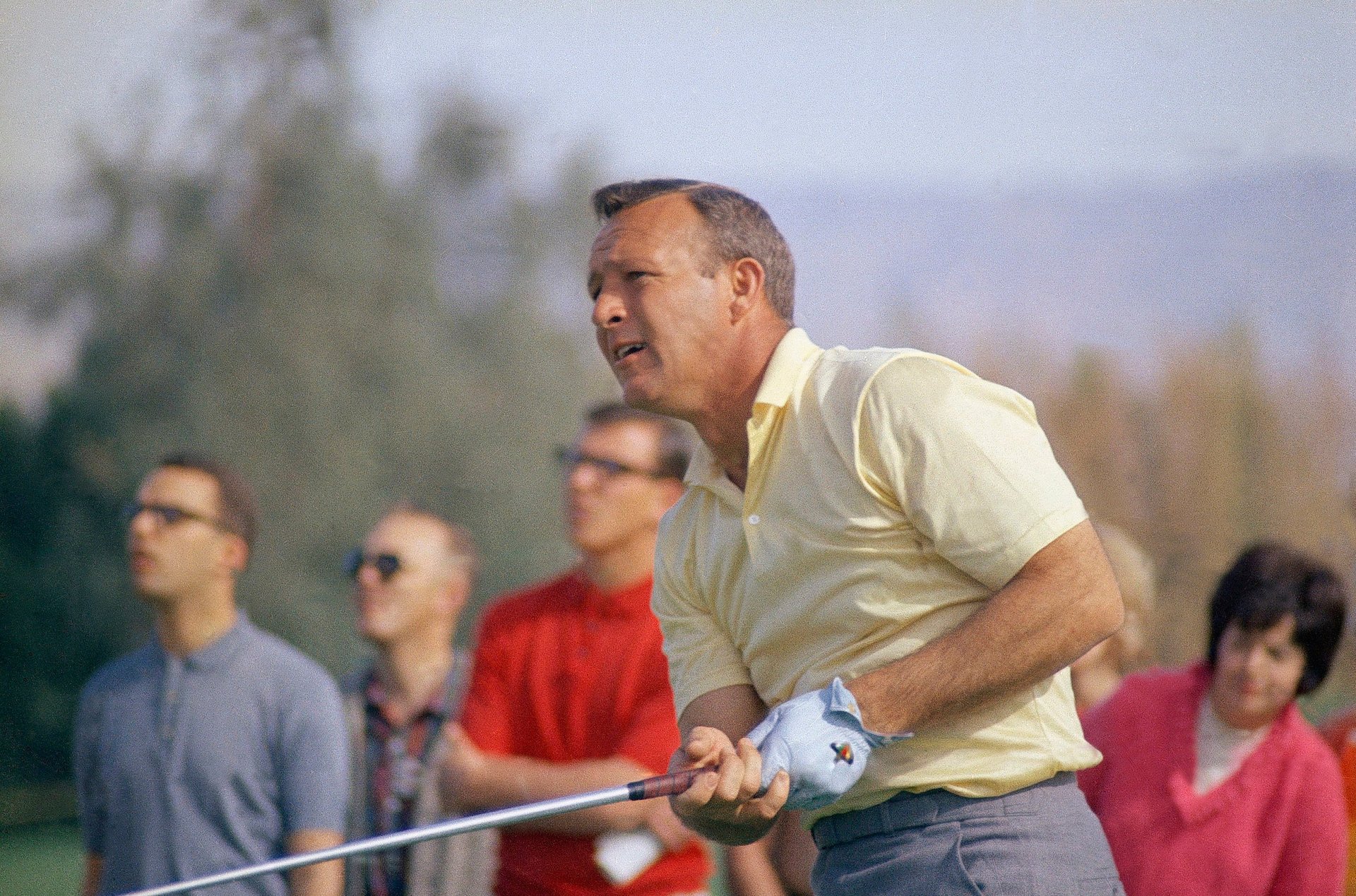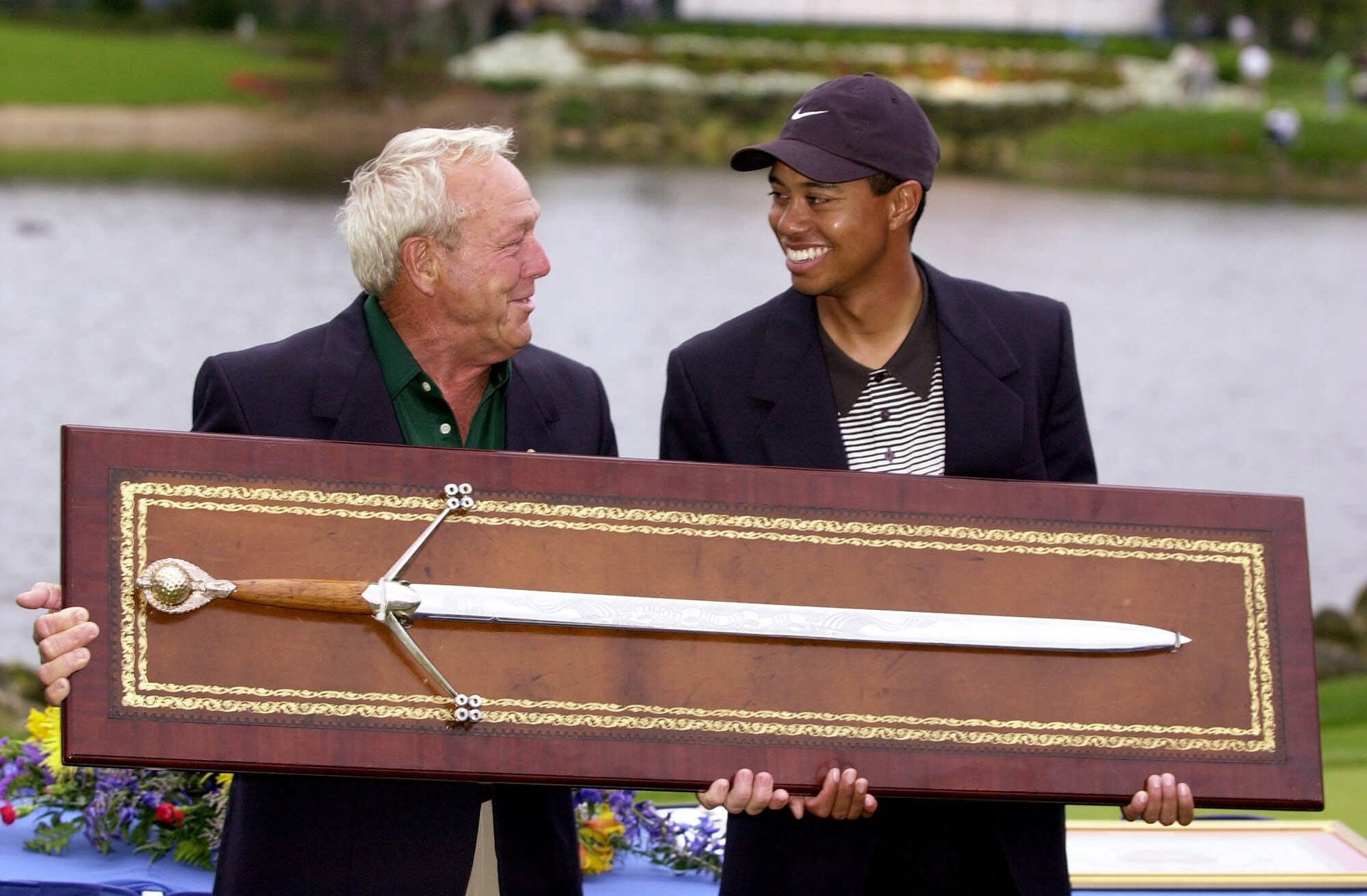Arnold Palmer: the man who brought golf to Communist China
Sports fans around the world are mourning the death of Arnold Palmer, the charismatic professional golfer known to fellow players as “the King.” He was 87 years old when he passed away on Sunday.


Sports fans around the world are mourning the death of Arnold Palmer, the charismatic professional golfer known to fellow players as “the King.” He was 87 years old when he passed away on Sunday.




Known for his powerful swing, Palmer won four Masters tours, 62 PGA tours, and 93 tournaments globally. But he’ll be best remembered for popularizing golf for the masses, transforming it from a country club pastime to a sport admired and played by everyone. His influence in this regard extends all the way to China, where he helped establish the country’s first golf course in the Communist era.
As Dan Washburn writes in his book The Forbidden Game, Mao Zedong banned golf in China after taking power in 1949, viewing it as a symbol of bourgeois excess. The regime destroyed the country’s few golf courses, most of which were used by foreigners and Shanghai’s elite businessmen.
But in the early ’80s, China began looking for ways to attract wealthy businessmen to the country. Officials viewed building golf courses as a way to lure investors and rich tourists from Japan, Hong Kong, and Macau.
In 1982 authorities in the Guangdong province hired Palmer Course Design, which had been drawing plans for country club courses across the United States, to help build a course in Zhonghshan, a city about 75 km (47 miles) from Hong Kong. Palmer oversaw the course’s construction site personally. In his 2004 memoir, he described with wonder how the Chinese were so unfamiliar with golf, and recalled one laborer on the site mistaking a golf ball for food:
[I] gave this man a golf ball I had in my pocket. He stared at a few moments, then tried to take a bite out of the cover. “No,” I said. you don’t eat it.” That’s when it dawned on me that the men engaged in the grueling labor of building our course had no idea what golf was. When I explained through an interpreter that this ball would be used to play the course our new friend was building, his eyes lit up and he took the ball from me as if I’d just presented him with the crown jewels of China.
Since then, golf has come a long way in China. While the sport is still far from mainstream there, the country’s upper-middle class has taken a liking to it—the China Golf Association estimates that there are 644 golf courses in China.
The government has flip-flopped its stance on the sport. Bans have come and gone as the Chinese Communist Party seeks to stimulate consumer spending while also curbing excess and luxury. But the sport nevertheless remains popular enough to be taught in elementary schools, and widespread enough to foster world-class talent like Shanshan Feng, the first Chinese member of the Ladies Professional Golf Association.